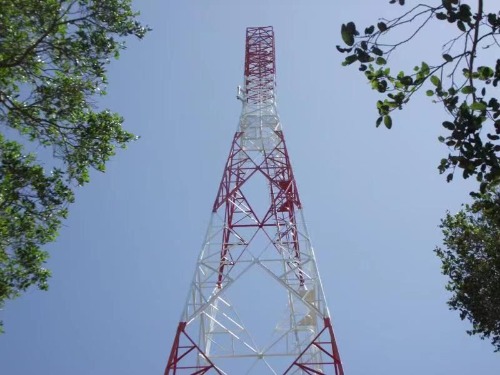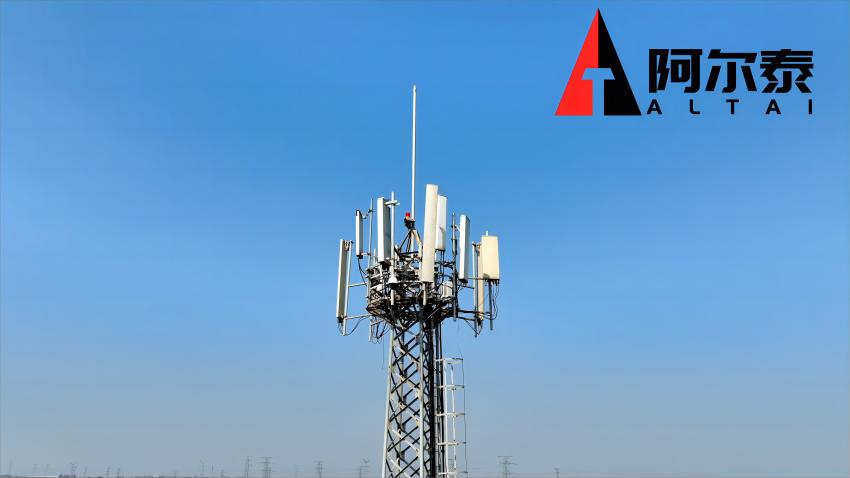Determining whether a lattice tower or a tubular tower is better depends on various factors and specific project requirements. Both types of towers have their advantages and disadvantages. Here's a comparison to help to understand their characteristics:
Advantages:
1. Strength and Stability: Lattice towers are known for their excellent strength-to-weight ratio, providing high structural stability and load-bearing capacity.
2. Flexibility: Lattice towers are highly customizable and can be designed to various heights, configurations, and load requirements.
3. Cost-Effective: Lattice towers are generally more cost-effective compared to tubular towers, especially for taller structures.
4. Easy Maintenance: Lattice towers are relatively easier to access and maintain due to their open structure, making inspections and repairs more straightforward.

Disadvantages:
1. Aesthetic Considerations: Lattice towers are visually prominent and may not blend well with specific landscapes or urban areas where aesthetics are important.
2. Wind Resistance: Lattice towers can create more wind resistance due to their lattice structure, which may require additional design considerations in areas with high wind loads.
3. Installation Complexity: Lattice towers typically require more time and effort for installation due to their intricate design and the need for assembling numerous individual components.
Advantages:
1. Aesthetics: Tubular towers have a sleek and streamlined appearance, making them visually appealing and suitable for various environments, including urban areas.
2. Wind Load Adaptability: Tubular towers are designed to have low wind resistance, making them suitable for areas with high wind loads.
3. Easy Installation: Tubular towers are typically easier and quicker to install compared to lattice towers as they involve fewer components and simpler assembly processes.
4. Space Efficiency: Tubular towers require less land area compared to lattice towers due to their compact design.

Disadvantages:
1. Weight Limitations: Tubular towers have limitations in terms of the maximum weight they can support, which may restrict their use in certain applications that require heavy equipment or multiple antennas.
2. Limited Customization: Tubular towers offer less flexibility in terms of customization compared to lattice towers, primarily due to their fixed design.
3. Cost: Tubular towers are generally more expensive compared to lattice towers, particularly for taller structures.
Ultimately, the choice between a lattice tower and a tubular tower depends on factors such as the project's budget, required load capacity, aesthetic considerations, wind conditions, and site-specific requirements. It is recommended to consult with structural engineers or professionals experienced in tower design to assess the specific needs and constraints of your project and determine the most suitable tower type.
Learn more at www.alttower.com
